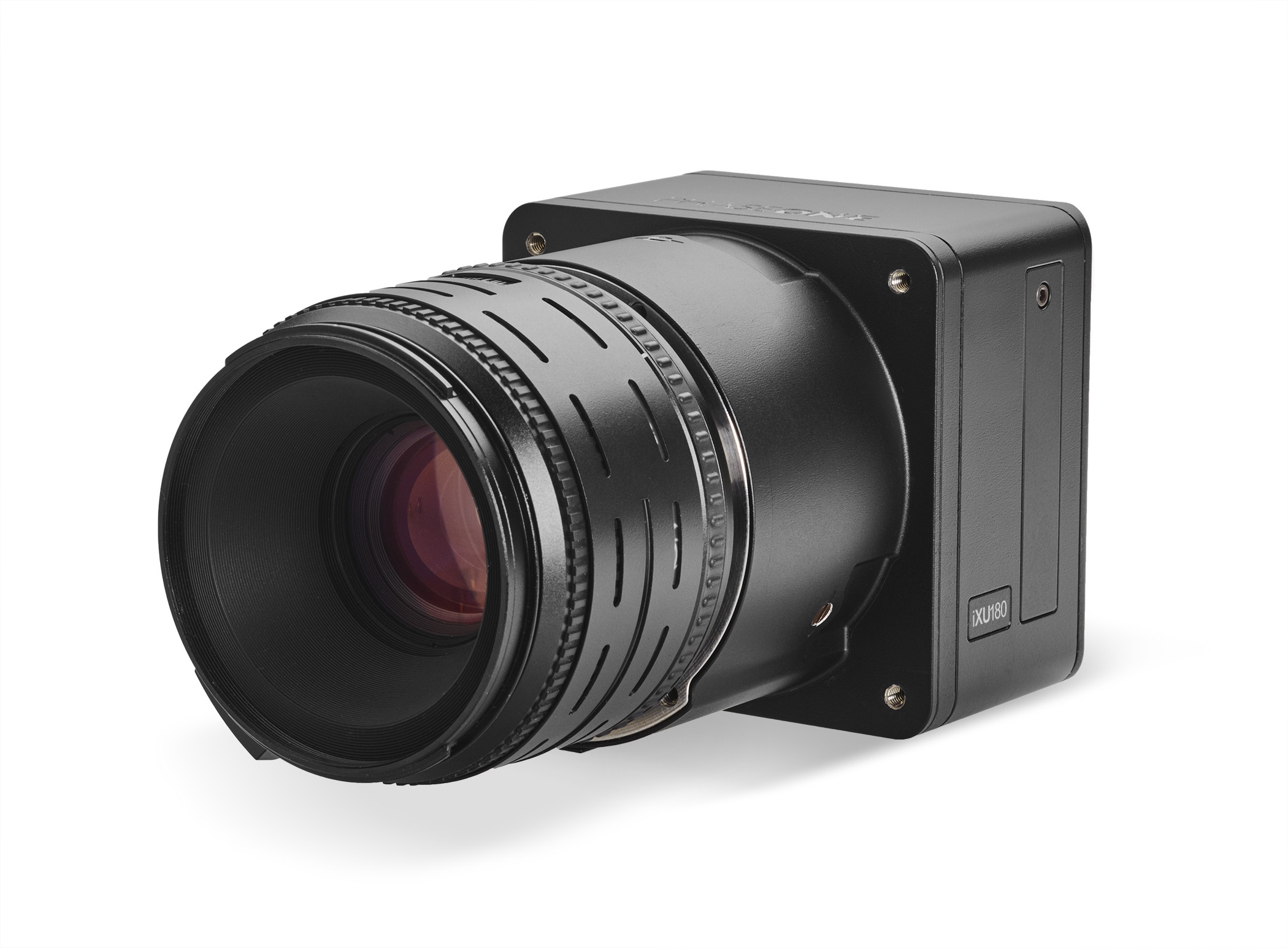Introduction: Photography, once relegated to the realm of technical novelty, has undergone a remarkable journey, transcending its humble beginnings to emerge as a significant medium in high culture. This transformation, marked by shifts in perception, technology, and artistic vision, has led photography to breach the gates of high culture, earning recognition and respect in elite artistic circles. In this essay, we explore the evolution of photography and the key factors that have propelled its ascent into high culture.
Origins and Perceptions: At its inception in the early 19th century, photography was met with skepticism by the traditional art world. Viewed as a mere mechanical process devoid of artistic merit, it struggled to gain acceptance among the cultural elite. However, as pioneering photographers such as William Henry Fox Talbot and Louis Daguerre began to experiment with the medium, perceptions slowly began to shift.
Technological Advancements: The evolution of photographic technology played a crucial role in elevating photography to high culture. Innovations such as the development of the negative-positive process and improvements in camera design allowed photographers greater control over their craft. This newfound technical prowess enabled photographers to create images of stunning beauty and complexity, challenging prevailing notions of what constituted art.
Artistic Vision: Beyond technological advancements, it was the artistic vision of photographers that truly propelled photography into high culture. Visionaries like Ansel Adams, Henri Cartier-Bresson, and Diane Arbus pushed the boundaries of the medium, demonstrating its capacity for profound expression and emotional resonance. Through their work, photography transcended its status as a mere tool for documentation, becoming a powerful means of artistic expression.
Institutional Recognition: The recognition of photography by prestigious cultural institutions further solidified its place in high culture. Museums and galleries began to exhibit photographic works alongside traditional paintings and sculptures, acknowledging photography as a legitimate form of artistic expression. This institutional validation provided photographers with greater visibility and opportunities for exposure, further fueling the medium’s ascent.
Cultural Impact: Photography’s infiltration into high culture also reflected broader societal changes. As the 20th century progressed, photography became increasingly intertwined with journalism, advertising, and mass media, shaping public discourse and influencing cultural norms. Iconic images such as Dorothea Lange’s “Migrant Mother” and Robert Capa’s “The Falling Soldier” not only captured pivotal moments in history but also transcended their documentary origins to become enduring symbols of human experience.
Democratization of Access: The democratization of photography through advances in technology and the rise of digital platforms has further accelerated its integration into high culture. With the proliferation of smartphones and social media, amateur photographers now have unprecedented access to global audiences, blurring the lines between professional and amateur practice. This democratization has enriched the cultural landscape, diversifying perspectives and challenging established hierarchies within the art world.
Conclusion: In conclusion, the evolution of photography from a technical novelty to a revered medium in high culture is a testament to its enduring power and versatility. Through technological advancements, artistic innovation, institutional recognition, and cultural impact, photography has breached the gates of high culture, earning its place alongside traditional forms of artistic expression. As we continue to navigate the ever-changing landscape of visual culture, photography remains a potent force, capable of challenging perceptions, inspiring imagination, and capturing the essence of the human experience.



